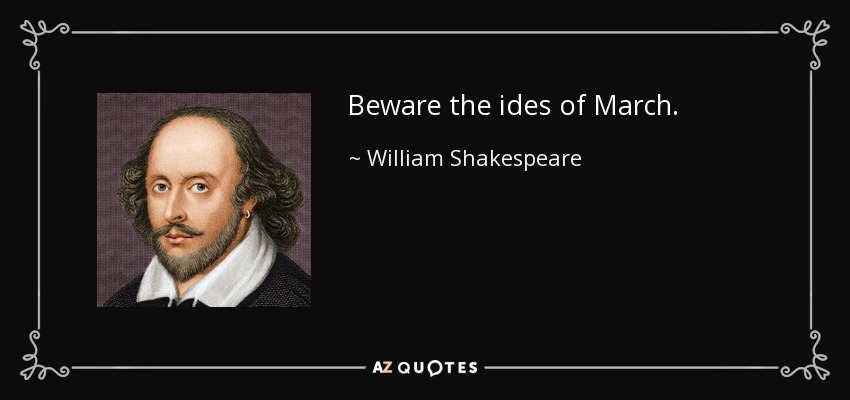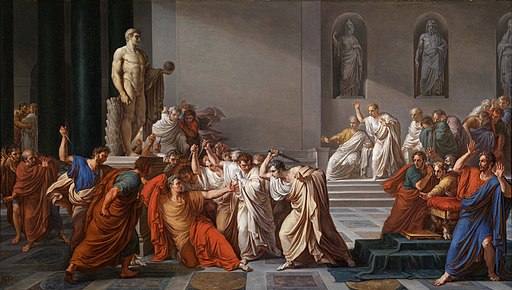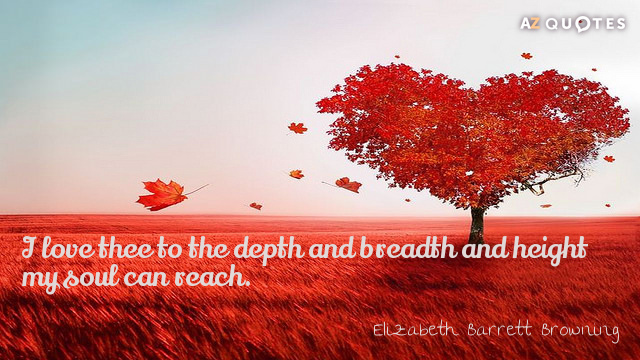In the United States and Canada, Labor Day (or Labour Day in Canada) is on the first Monday in September. It's been a national holiday since 1894 and was originally a day set aside to pay tribute to working men and women. Most other national holidays mark a significant historical event, usually associated with an armed conflict, but Labor Day isn't tied to any specific person or event, and has no religious background either.
All other holidays are in a more or less degree connected with conflicts and battles of man's prowess over man, of strife and discord for greed and power, of glories achieved by one nation over another. Labor Day is devoted to no man, living or dead, to no sect, race, or nation. ~Samuel Gompers
The first Labor Day celebration was on Tuesday, September 5th, 1882. The Central Labor Union selected this day and planned a demonstration and picnic in New York City. In 1884 the first Monday of September was established as the date for an annual celebration, and the Central Labor Union urged other cities to set aside this 'workingman's holiday'.
Industry had been growing since the Industrial Revolution in the early 1800s and the working conditions were not always safe or wages fair. Labor unions formed to try and address these issues, and were becoming more vocal in doing so. They began organizing strikes, rallies, and protests, and unfortunately some of these turned violent.
Poorly paid labor is inefficient labor, the world over. ~Henry George
Capital is only the fruit of labor, and could never have existed if labor had not first existed. Labor is the superior of capital, and deserves much the higher consideration. ~Abraham Lincoln
In the spring of 1894, the American Railroad Union called for a boycott of Pullman cars, which crippled railway traffic. To break the strike, the government sent troops to Chicago, leading to riots, violence, and the deaths of a dozen railway workers. After this, in a move to quell further unrest, President Grover Cleveland suggested making Labor Day a national holiday and then signed the legislation making it so.
Every day I remind myself that my inner and outer life are based on the labors of other men, living and dead, and that I must exert myself in order to give in the same measure as I have received and am still receiving. ~Albert Einstein
For most Americans, the Labor Day long weekend is considered the end of the summer season, and the beginning of a new school year and football season. Many will host or attend a cookout. Ironically, since it's a big retail sales date, a lot of retail workers may actually be spending more time at work this weekend rather than getting the day off! So maybe if you're shopping or dining out today, be extra kind to those workers!
Hard work should be rewarded by good food. ~Ken Follett
If all the cars in the United States were placed end to end, it would probably be Labor Day Weekend. ~Doug Larson
Incidentally, in Europe and Asia, Labour Day is at the beginning of May.
Choose a job you love, and you will never have to work a day in your life. ~Confucius
All labor that uplifts humanity has dignity and importance and should be undertaken with painstaking excellence. ~Martin Luther King, Jr.
Our work keeps the world going, in a sense. It keeps us going as a society and as people. We may be grumpy about having to go to our jobs when we don't feel like it, be tired and just wish we could be lazy, and feel weighed down by the responsibilities we have as part of our work. We can have lousy attitudes about going to a job and about all the work we have to do just to keep our homes and families functioning. And of course we need to take a break and rest regularly! In fact, God established a pattern of creative work and rest from the beginning, and commanded his people to observe that rhythm in order to keep work and rest in proper balance.
You are to labor six days but you must rest on the seventh day; you must even rest during plowing and harvesting times.
~Exodus 34:21~
But God intended for us to do the work of looking after the world and participating in the creative work of managing and tending all of creation. And intended that we would find joy and blessing in doing it. So as much as we might grumble about work, most people find that they get bored and must find something productive to do even if they don't need to go out and get that paycheck. Maybe a day like Labor Day is a good opportunity for us to get our work back into balance!
How happy is everyone who fears the LORD,
who walks in his ways!
You will surely eat
what your hands have worked for.
You will be happy,
and it will go well for you.
~Psalm 128:1-2~
Here is what I have seen to be good: It is appropriate to eat, drink, and experience good in all the labor one does under the sun during the few days of his life God has given him, because that is his reward. Furthermore, everyone to whom God has given riches and wealth, he has also allowed him to enjoy them, take his reward, and rejoice in his labor. This is a gift of God, for he does not often consider the days of his life because God keeps him occupied with the joy of his heart.
~Ecclesiastes 5:18-20~
©2006-2024 HS Coffee Break. All rights reserved. All text, photographs, artwork, and other content may not be reproduced or transmitted in any form without the written consent of the author. http://kympossibleblog.blogspot.com/
This post contains affiliate links - using affiliate links from HS Coffee Break helps fuel this blog.
We are a participant in the Amazon Services LLC Associates Program, an affiliate advertising program designed to provide a means for us to earn fees by linking to Amazon.com and affiliated sites.

























































































